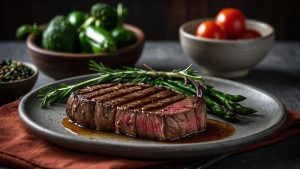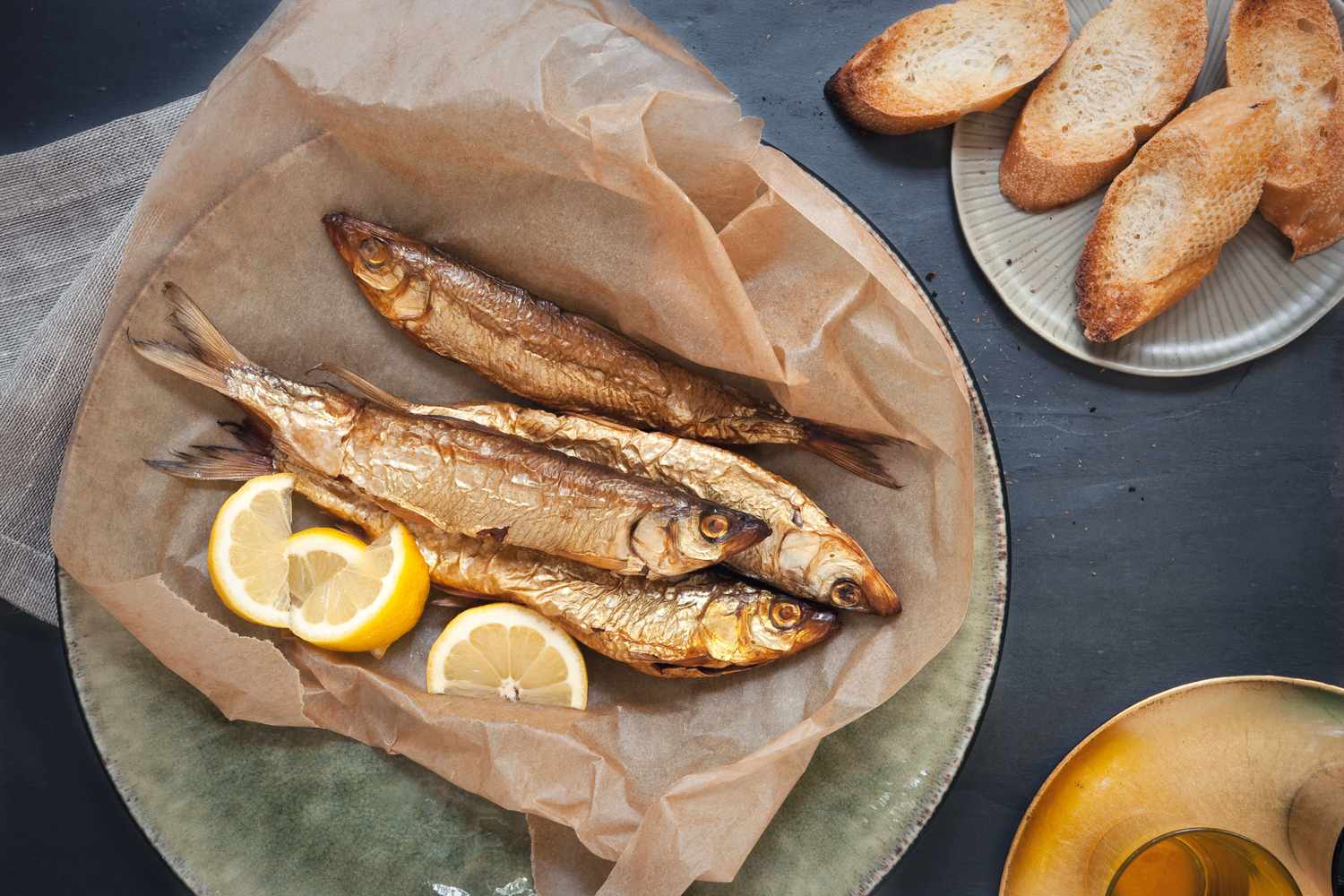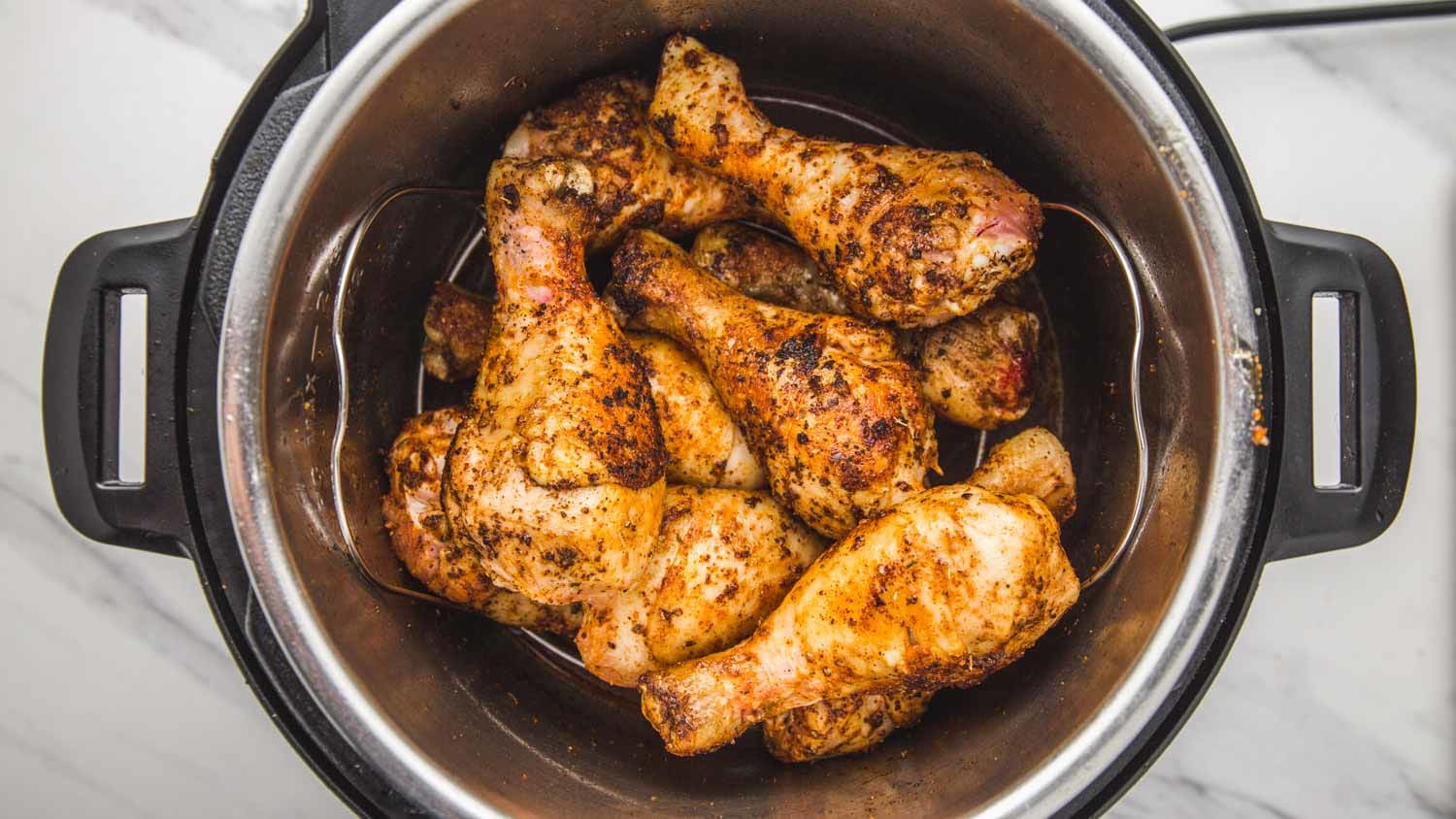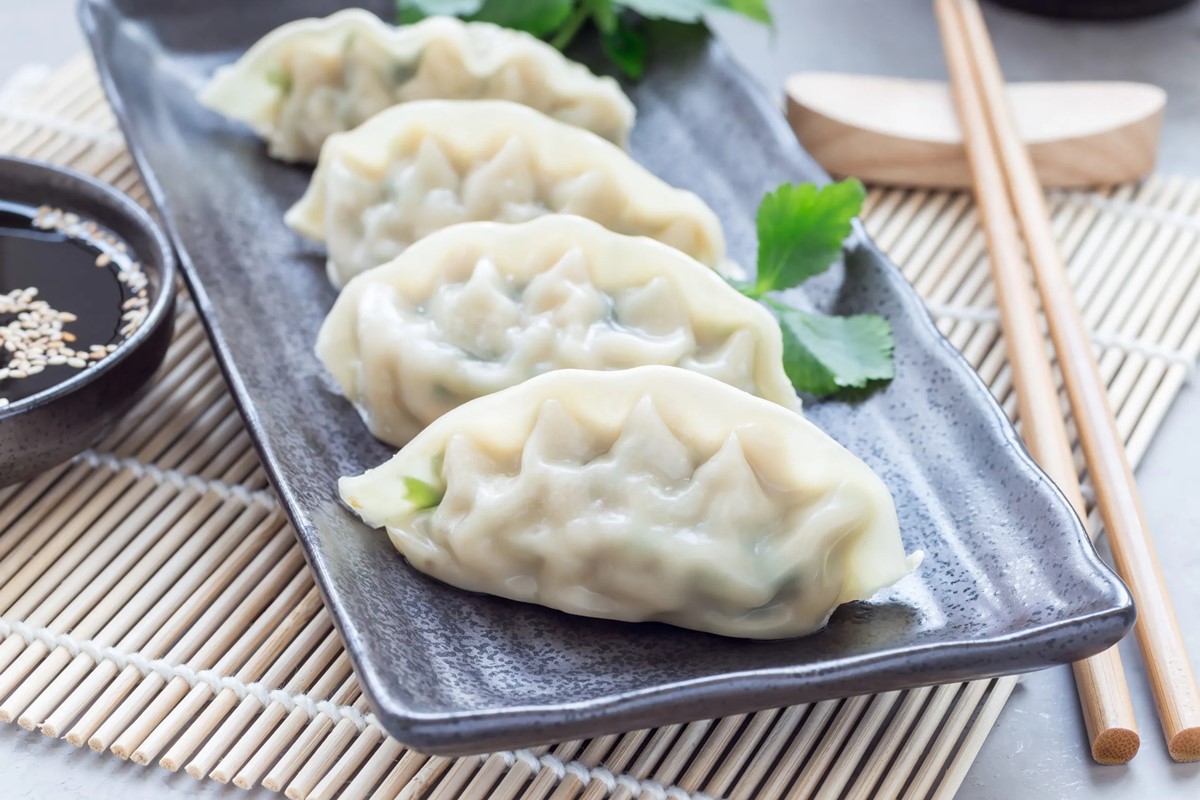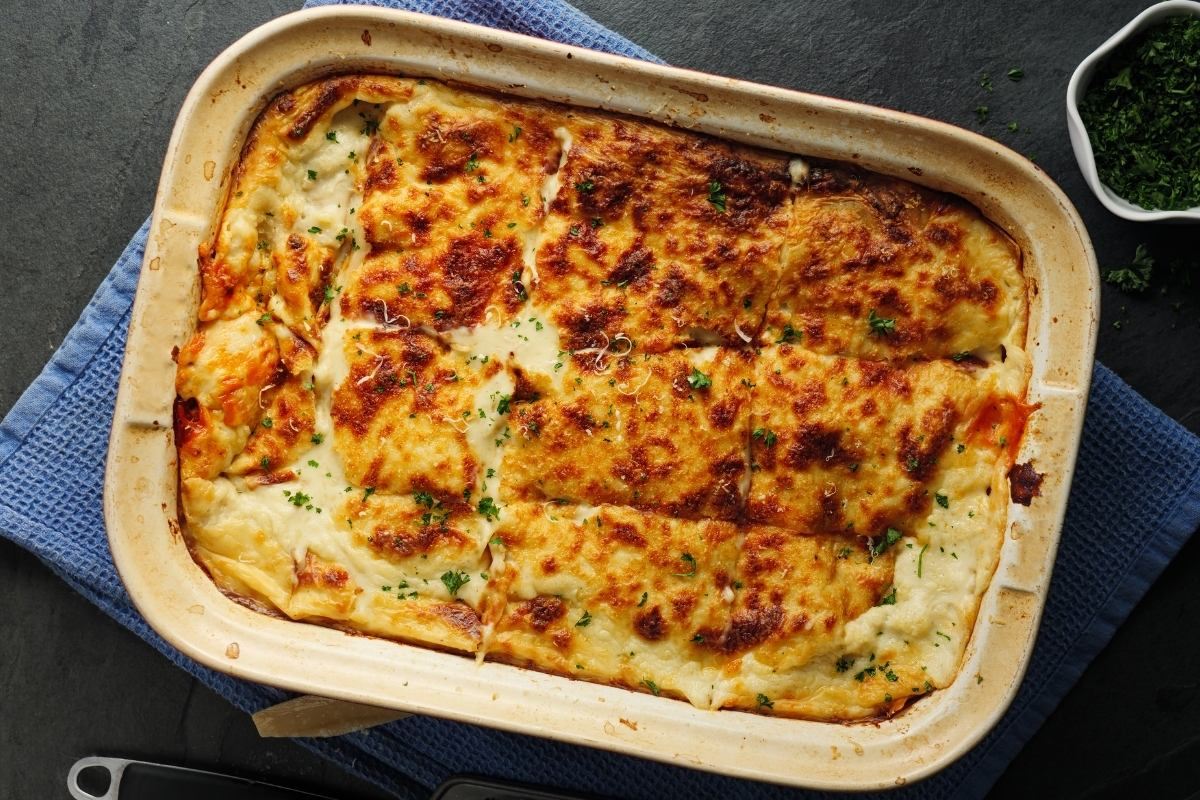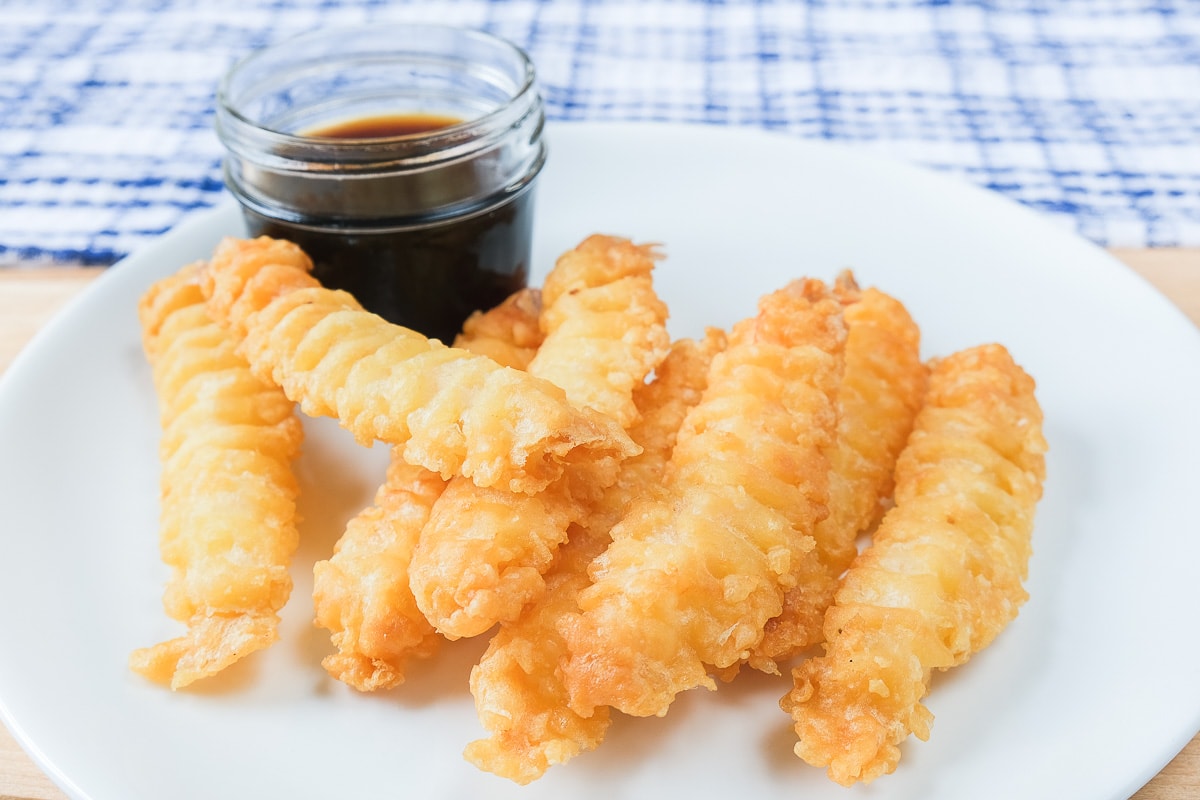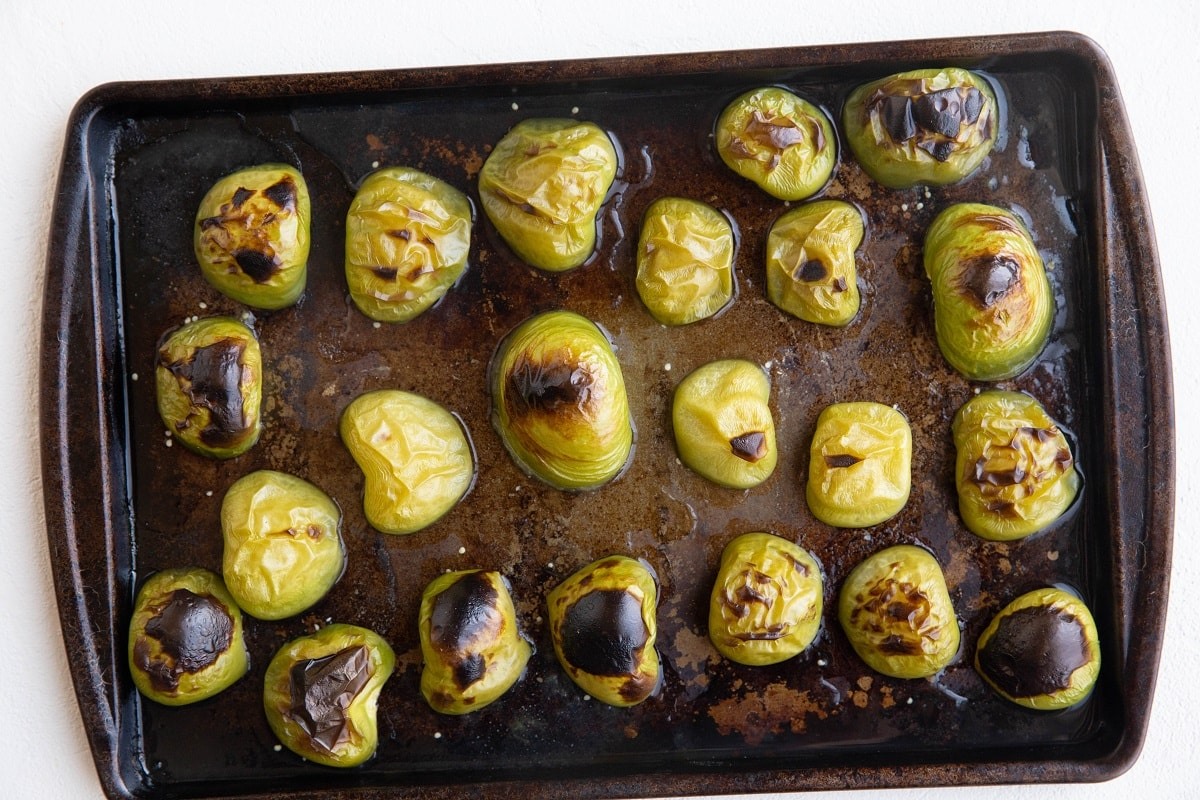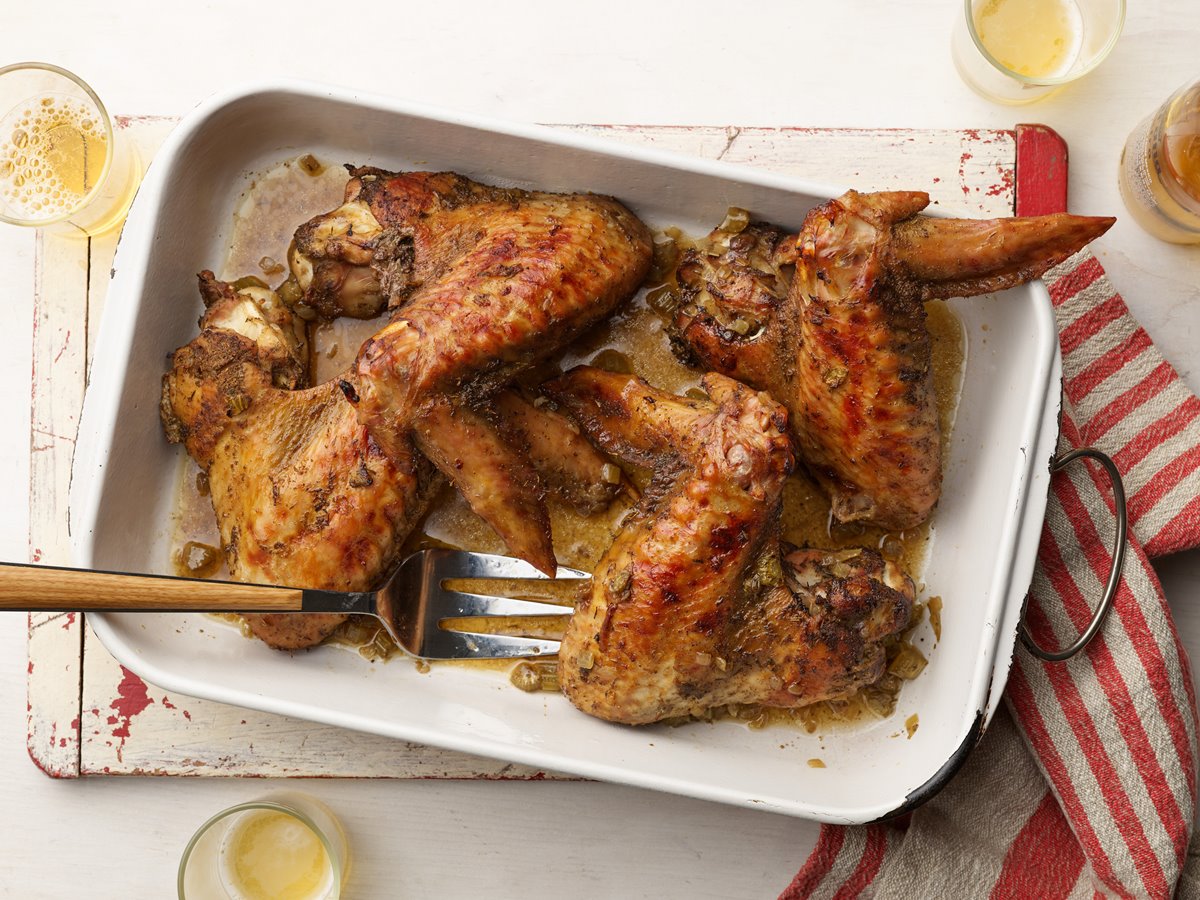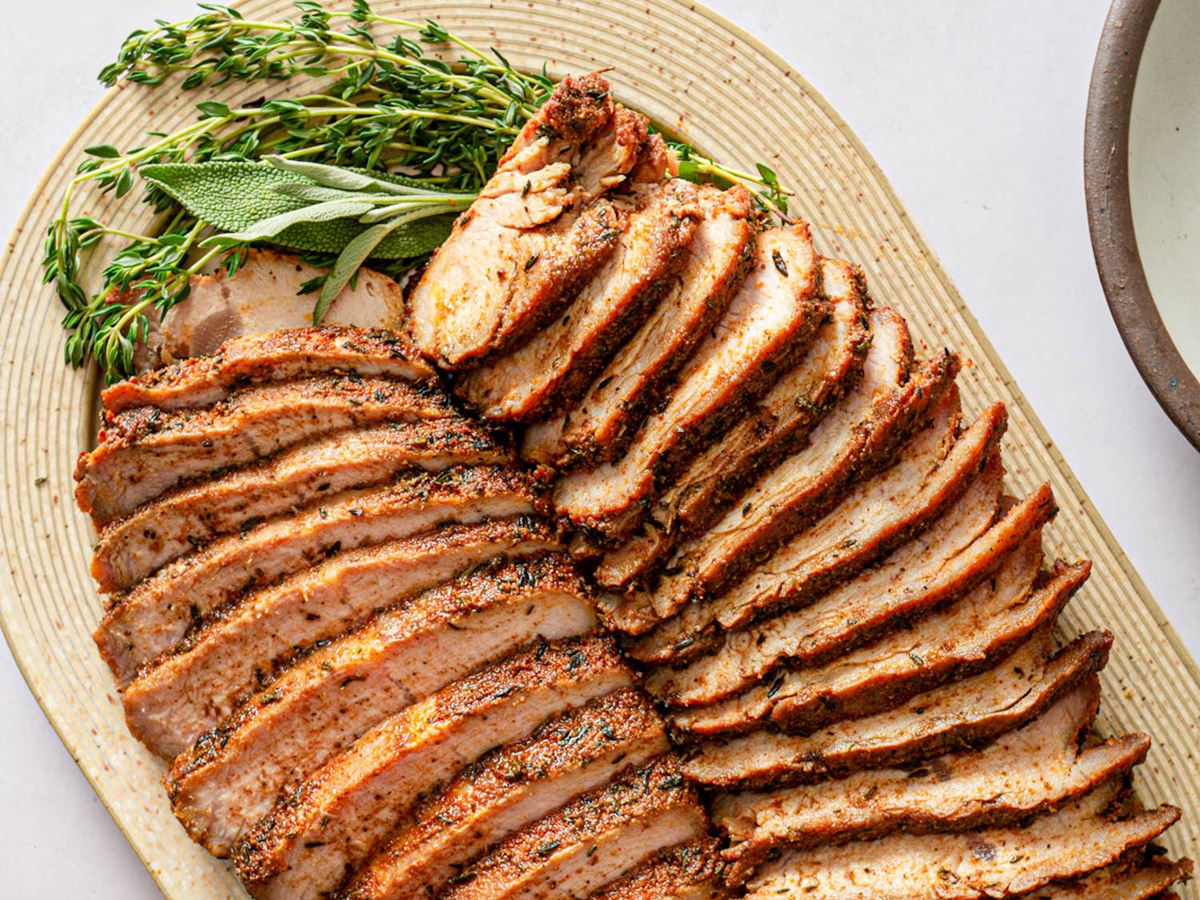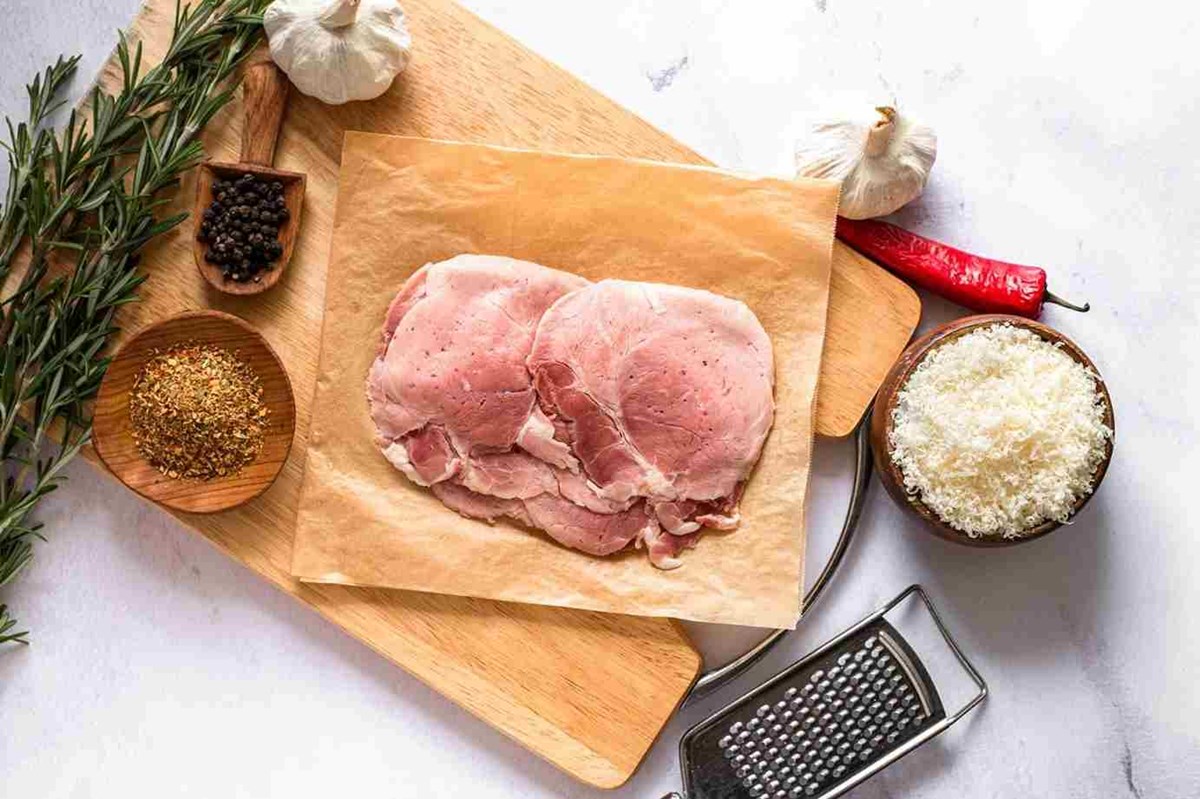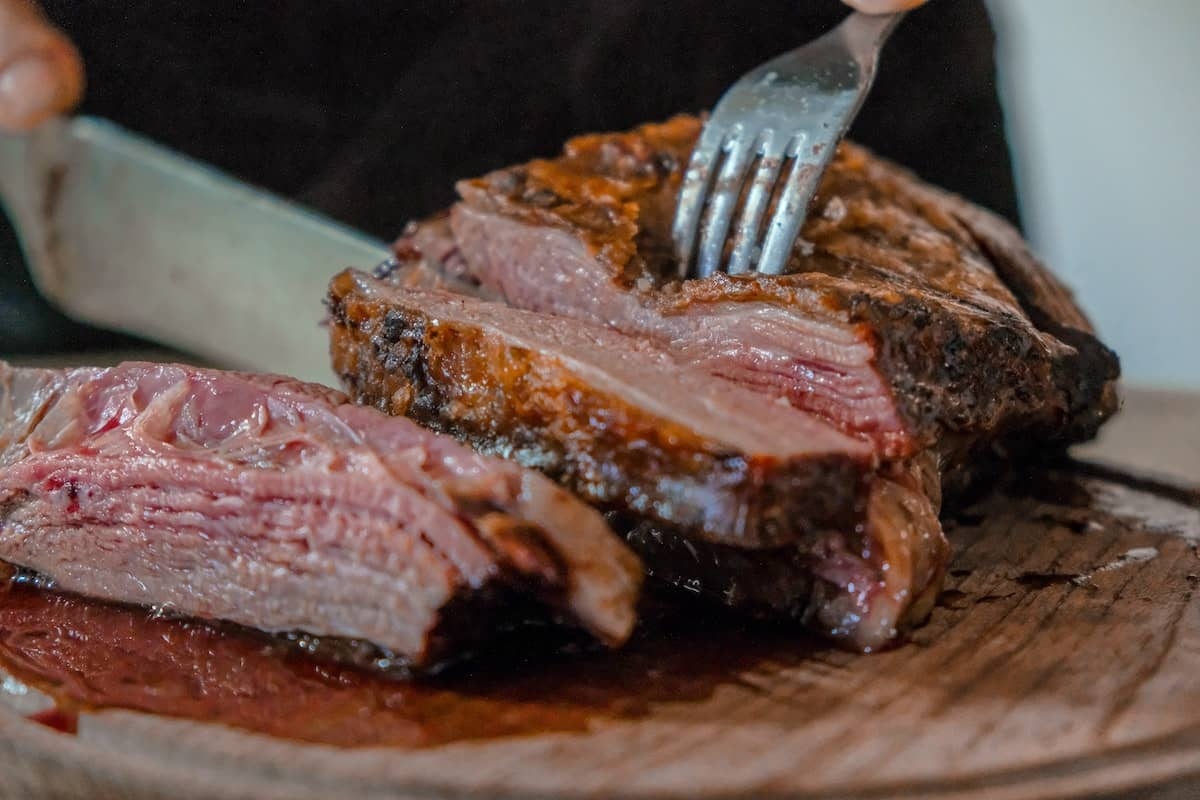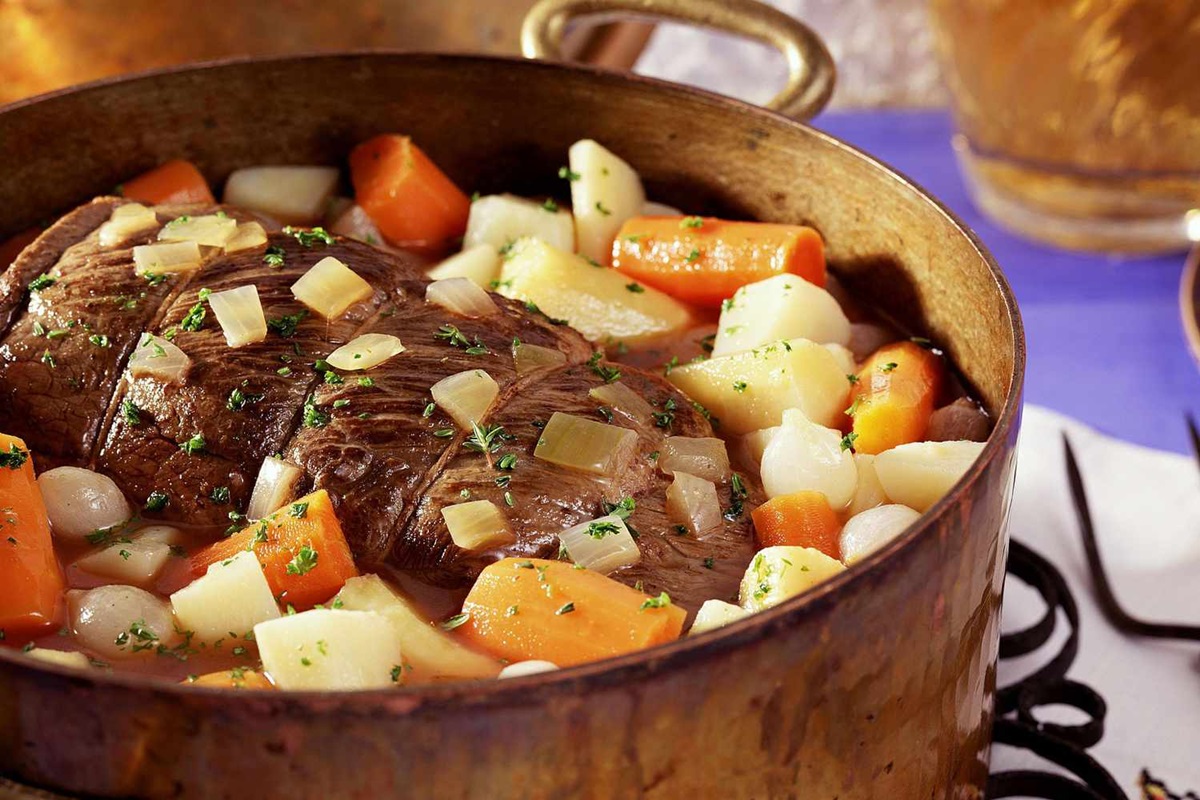Unlock the Secrets of Cooking the Perfect Frozen Burger in a Pan
There’s nothing quite like sinking your teeth into a juicy burger. And when cravings strike, there’s no need to visit a restaurant or defrost your meat ahead of time. With a few simple steps, you can learn how to cook a delicious frozen burger directly in a pan. Get ready to satisfy your hunger and impress your taste buds with this easy cooking method.
Step 1: Choose Quality Frozen Burgers
Before diving into the cooking process, you need to ensure you have high-quality frozen burgers. Look for options made from lean ground beef, which will help avoid excessive shrinkage during cooking. Also, check the packaging for any added seasonings or fillers that may alter the cooking time or flavor profiles.
Step 2: Preheat the Pan
Begin by preheating your pan over medium heat. It’s essential to give the pan a couple of minutes to warm up to the right temperature. This will ensure even cooking and prevent the burgers from sticking.
Step 3: Add a Little Oil or Butter
While your pan is preheating, drizzle a small amount of cooking oil or melt some butter to grease the surface. This will help create a beautiful sear while preventing the burgers from sticking to the pan.
Step 4: Place the Frozen Burgers in the Pan
Carefully place the frozen burgers in the pan, leaving enough space between each burger to allow for even cooking. Avoid overcrowding the pan, as this can lead to steaming rather than searing. Remember, we want that delicious crust formation!
Step 5: Season and Flavor
Now it’s time to add your preferred seasonings and flavors. Sprinkle some salt, pepper, or any other spices you love onto the burgers. You can also add a few dashes of Worcestershire sauce or your favorite marinade for an extra kick of flavor.
Step 6: Cook Each Side
Cook the burgers for about 5-7 minutes on each side. Keep an eye on their color and texture to ensure they are cooked to your desired level of doneness. If you prefer your burgers medium-rare, aim for a slightly pink and juicy center, while well-done burgers should have no pink left.
Step 7: Melt the Cheese (Optional)
If you’re a fan of cheeseburgers, now is the time to add your cheese of choice. Place a slice of cheese on top of each burger and cover the pan. Allow the cheese to melt for a minute or so, creating a gooey and irresistible topping.
Step 8: Let the Burgers Rest
Once fully cooked, remove the burgers from the pan and let them rest for a few minutes. This allows for the redistribution of juices, ensuring a flavorful and moist bite.
Step 9: Assemble and Enjoy
Now that your burgers have rested, it’s time to assemble your perfect burger. Grab your favorite bun and add your preferred toppings and condiments. Lettuce, tomatoes, pickles, onions, ketchup, or mustard—the choice is yours! Customization is the fun part of creating the burger of your dreams.
And voila! You’ve successfully cooked a scrumptious frozen burger in a pan. Who needs takeout when you can whip up a restaurant-worthy meal in your own kitchen? Enjoy your creation with a side of crispy fries or a fresh salad for a complete dining experience.
For those looking to elevate their burger game using the guide on how to cook frozen burgers in a pan, there are a variety of recipes to experiment with. The Mushroom Swiss Burger is a fantastic choice for those who enjoy the earthy combination of mushrooms and Swiss cheese. For a spicy kick, try the Jalapeño Pepper Jack Burger, which adds a zesty twist. If you crave a blend of creamy and savory, the Avocado and Bacon Burger is a must-try. For a taste of the tropics, the Teriyaki Pineapple Burger offers a sweet and tangy flavor profile. Lastly, the Caprese Burger with Fresh Mozzarella and Basil brings a touch of Italian flair with its fresh ingredients. Each of these recipes provides a unique taste experience that complements the basic cooking technique perfectly.
Was this page helpful?
Read Next: How To Cook Kobe Beef Burger
